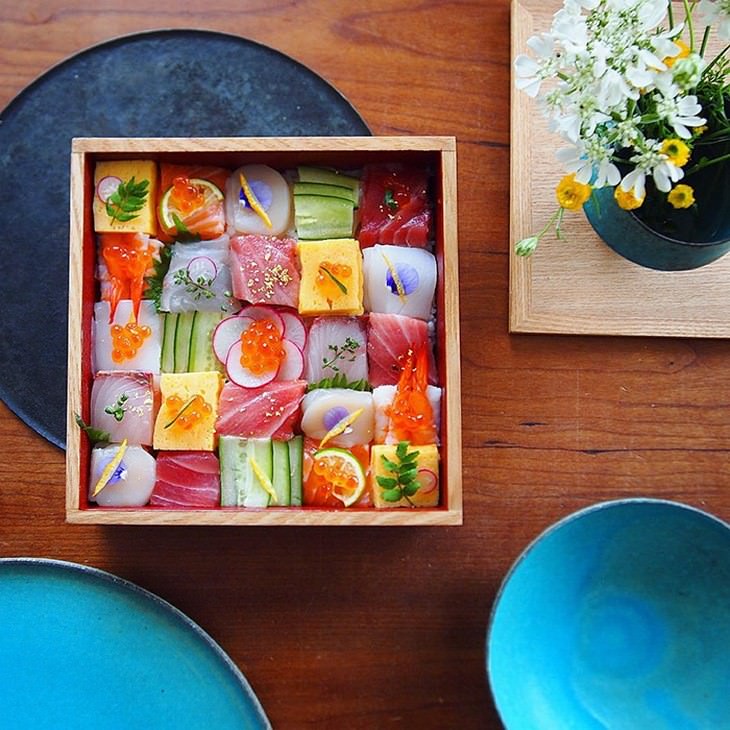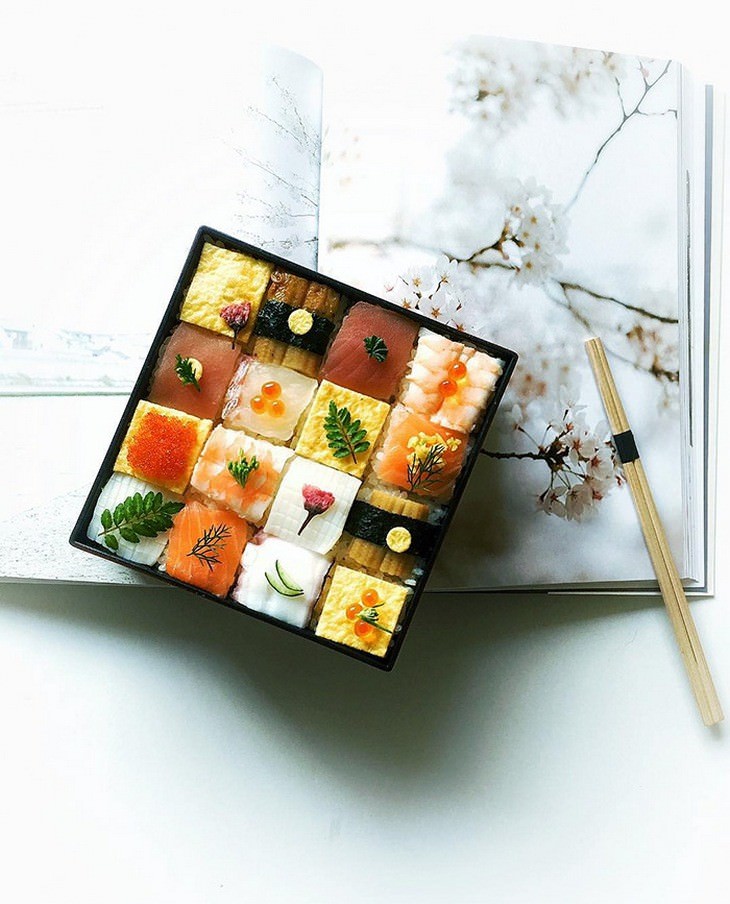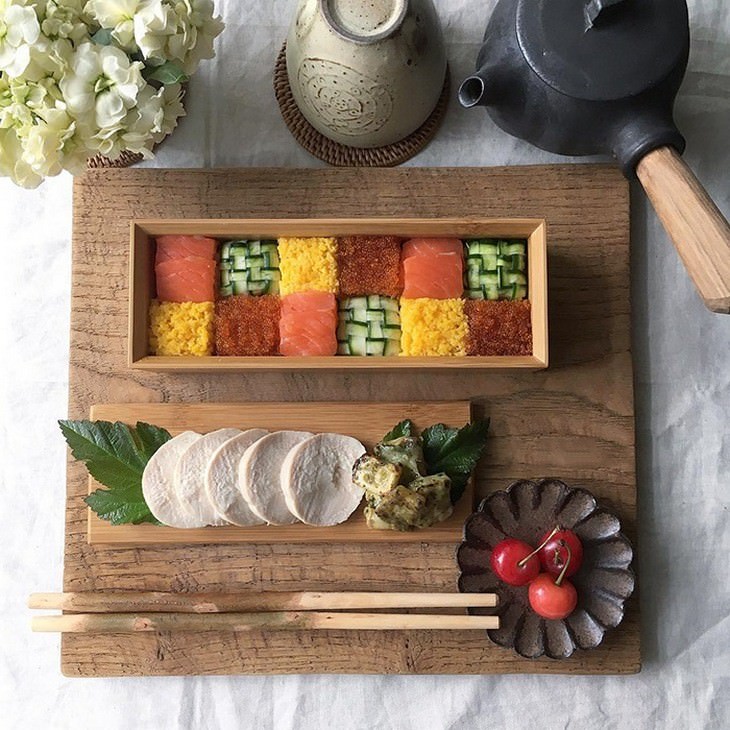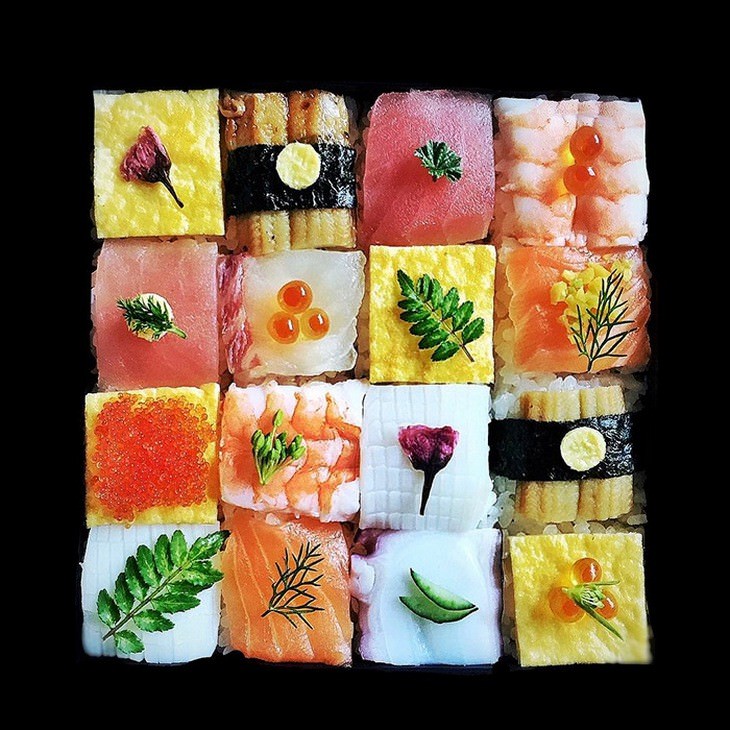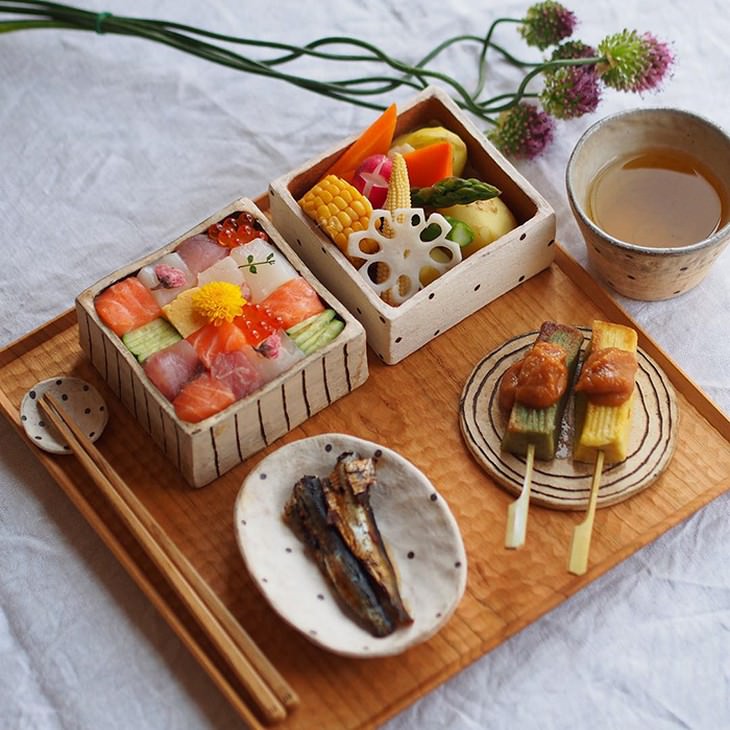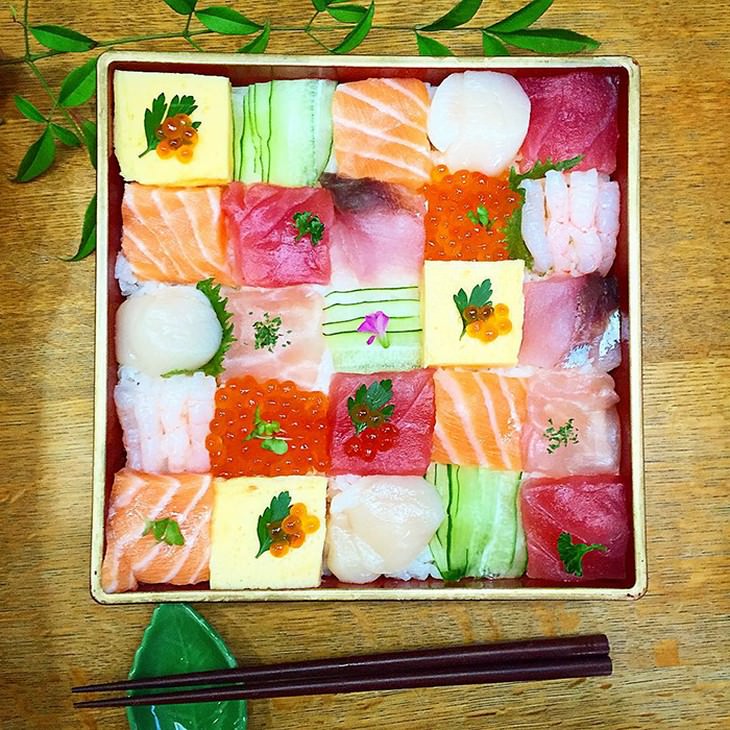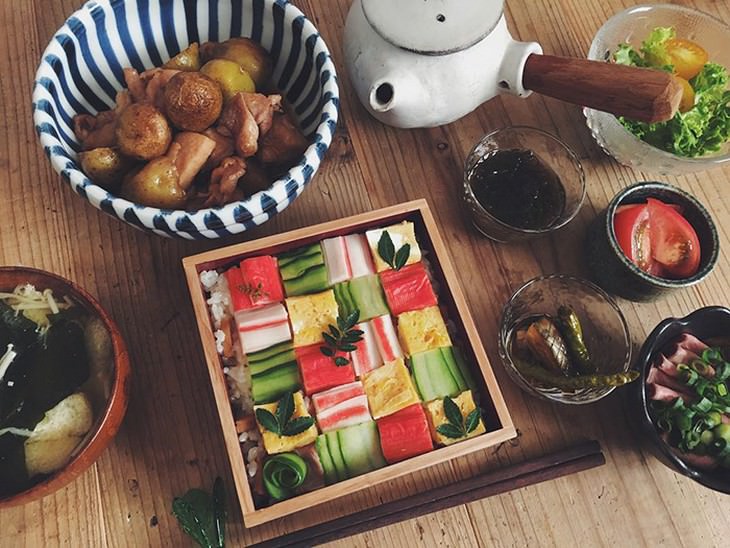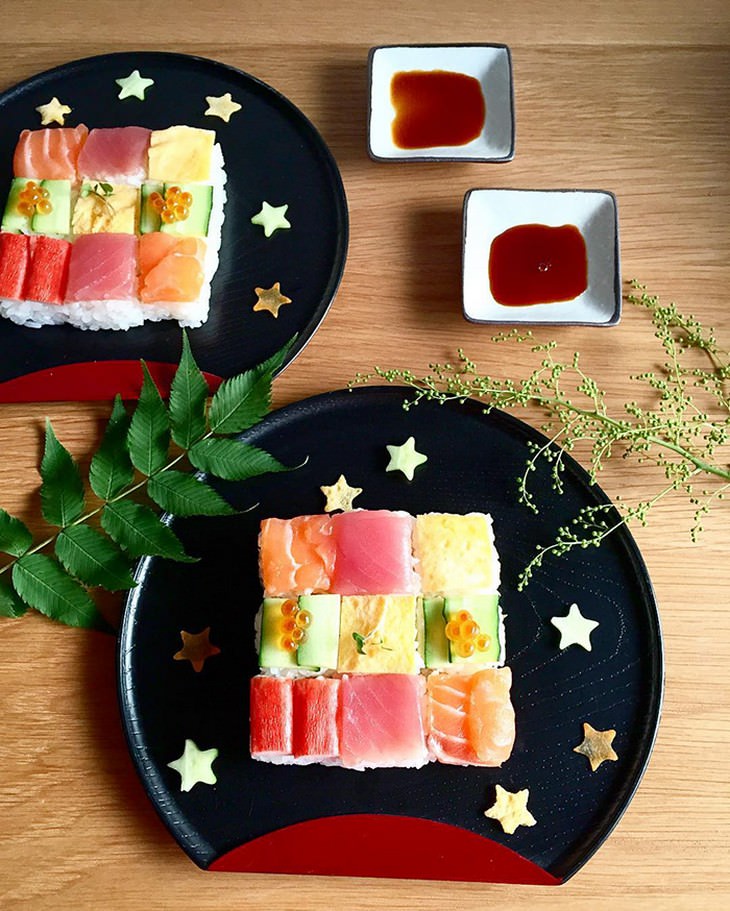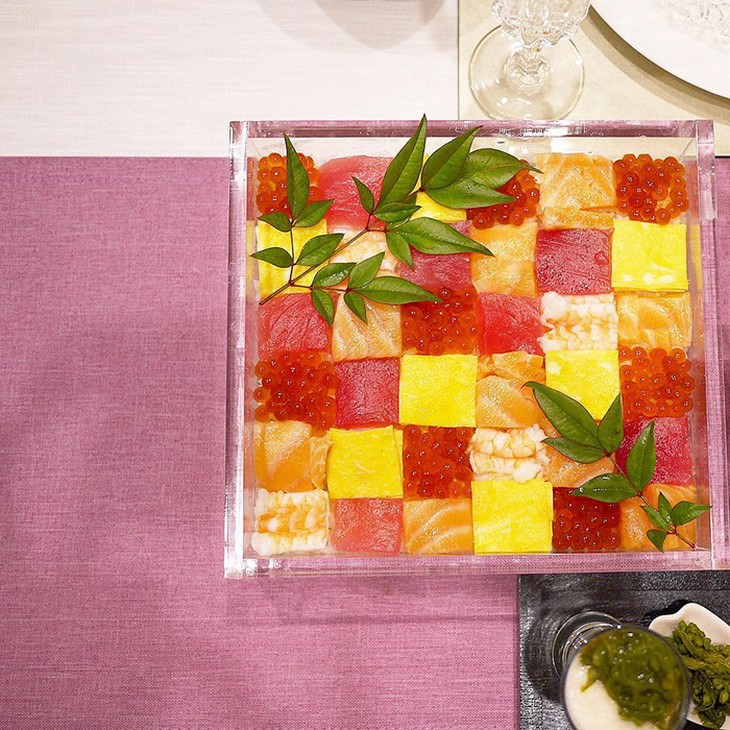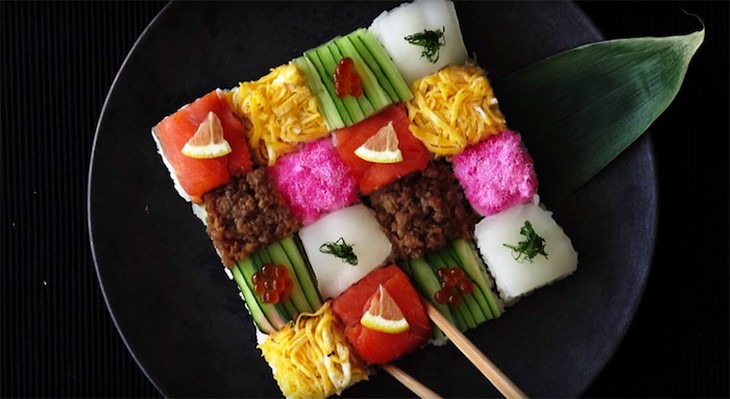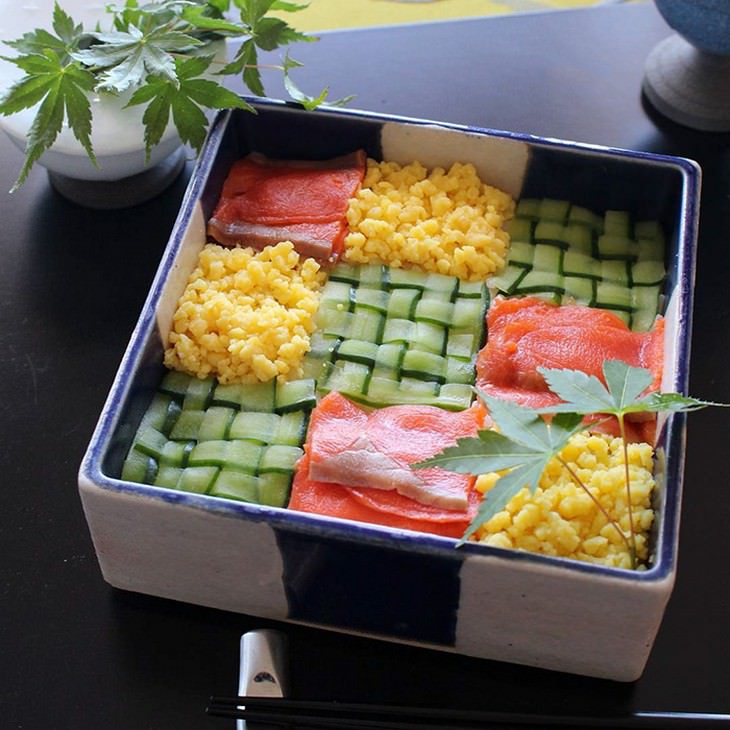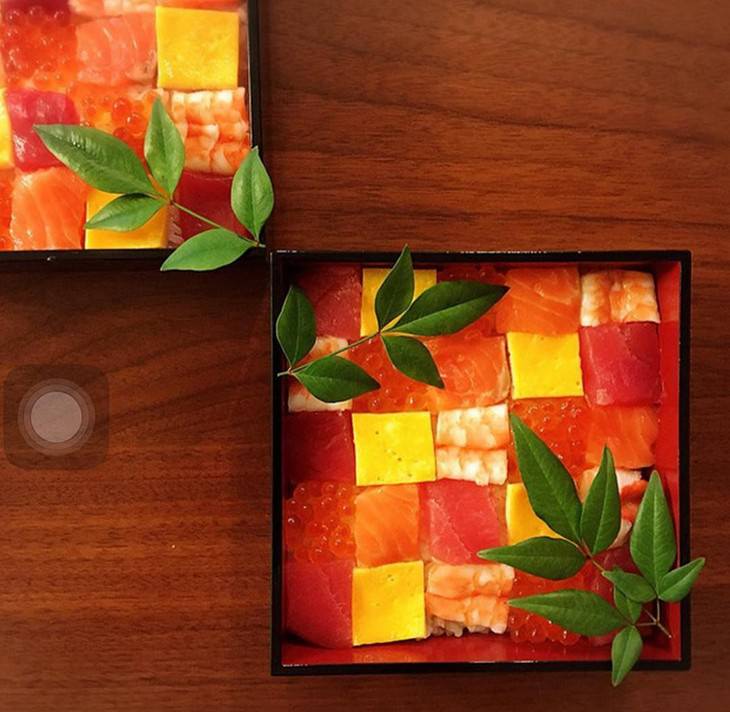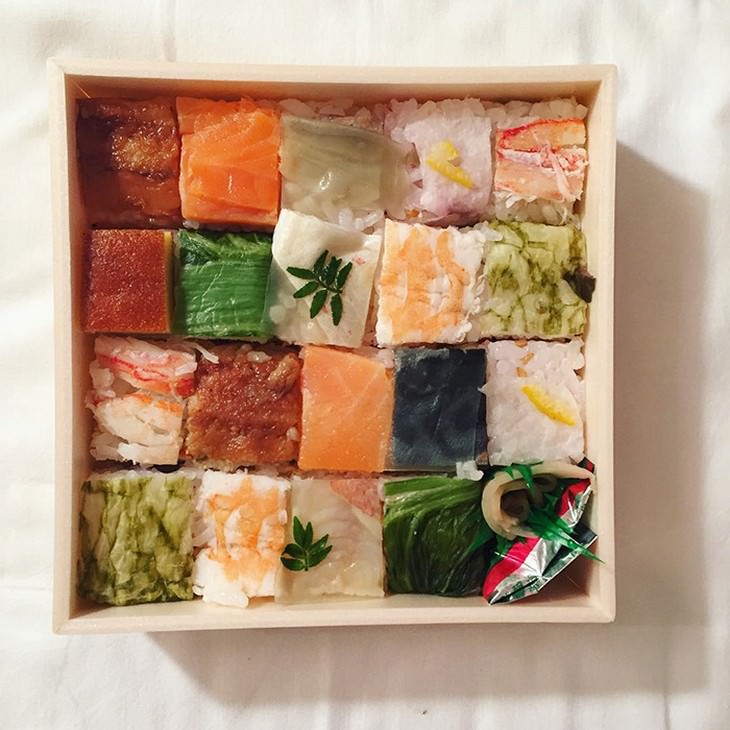

This Toad in the Hole Is Perfect on a Cold Day
This recipe will show you how you can make delicious and hearty Toad in the Hole.

These Crab Rangoon Egg Rolls Are a Takeaway Lover's Dream
This recipe will show you how to make some delicious crab Rangoon egg rolls.

12 of the Most Alluring Bugs You've Ever Seen
A collection of 12 beautiful insects I guarantee you've never seen before.
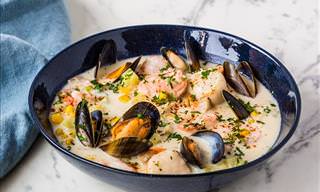
Stay Warm This Winter with This Tasty Seafood Chowder
This recipe will show you how to make delicious seafood chowder that'll be loved by everyone.

Delight Your Friends & Family Using Only a Rice Cooker
Your rice cooker can be used to cook much more than just plain old rice, so why not give these 5 recipes a try?

Lauren Ko's Stunning Decorative Pies Are Out of This World
No matter how many pies you've eaten throughout your life, we bet you've never seen any pies as pretty as these ones!
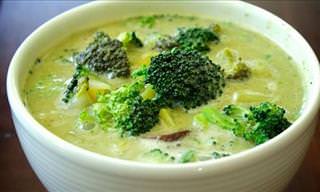
This Broccoli Soup Has Cancer-Fighting Properties
This creamy broccoli soup is not only delicious, but it also has cancer-fighting properties. Follow this recipe to learn how to make this tasty dish.
 6:07
6:07
These Quick Snacks Are Proven To Be Healthy and Cheap
A video from John Hopkins University shows us that healthy food doesn't have to be a burden on your bank account or your watch. These easy and affordable snacks can help keep you moving.
 1:21
1:21
Surprise Everyone By Serving Them a Cake Inside an Egg!
No one will see this coming, these eggs contain little cakes...
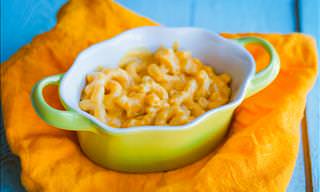 3:28
3:28
This Slow Cooker Macaroni and Cheese is Simply Delicious
Home-made macaroni and cheese is much tastier than that which you can buy in a store. By using a slow cooker, you can make the tastiest macaroni and cheese ever.

For a Twist on Carrot Cake, Try These Bite-Sized Cookies
For a delicious twist on carrot cake, try these cookie bites! Perfect for an afternoon snack.

15 Warming Soup Recipes Perfect for Cold Weather
If the cold days are upon you and you’re ready to treat yourself with a special, yet very healthy meal, prepare one of these 15 warming soups

I Hope These Essential Kitchen Tips Make Your Life Easier
These tips will make you a master of your kitchen.

Cooking Mistakes: Keep These Foods Out of the Microwave!
It may seem like a good idea to reheat the following foods in microwave, but doing so could actually be a health hazard. Read on to learn more.
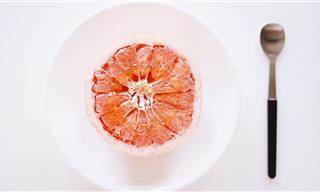 12:55
12:55
Make 8 Super-Simple Yet Healthy Treats
Discover how to transform simple ingredients into delicious, healthy snacks.
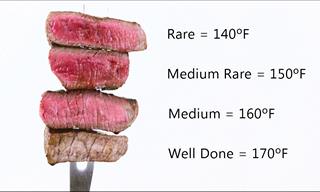 1:31
1:31
Easy Trick to Know If Your Steak Is Rare or Well-Done
Judging how well done a steak is just by looking at it can be hard, thankfully, this easy trick will tell you just how done it is.
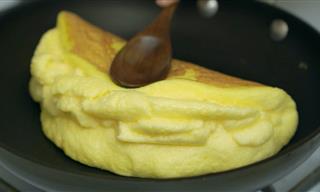 2:59
2:59
This is the Fluffiest Omelet You'll EVER Make!
If you like your breakfast eggs fluffy but juicy, don't miss out on this mouthwatering Soufflé Omelet recipe!
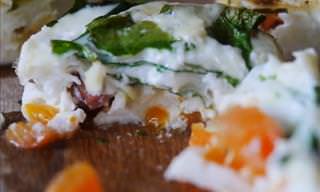 1:39
1:39
An Innovative Twist Using Eggs for a Healthy Breakfast Idea
Eggs are one of my favorite food. They are so versatile and can be used in a number of ways. Check out this innovative recipe.
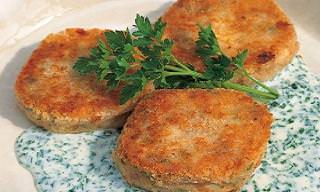
Whet Your Appetite with These Delicious Salmon Fish Cakes
Fish cakes can be served as a starter or a main course, this recipe will teach you how to make delicious salmon fish cakes.

These Are the Healthiest Hash Browns Ever Prepared!
Yes, you can have hash browns for breakfast, with this healthy and delicious cauliflower alternative recipe. Watch and learn!
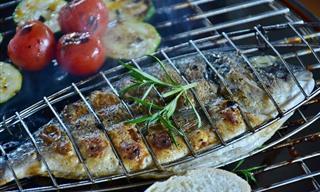
5 Best Ways to Prepare Fish While Keeping them Nutritious
In this article, we'll explore the eight most common ways of preparing fish and their effects on this beloved and healthy food.

This Chicken Recipe Will Have Your Taste Buds Thanking You!
Looking for a delicious new and interesting recipe? Try this pineapple and hot pepper chicken and just wait for the compliments to roll in.
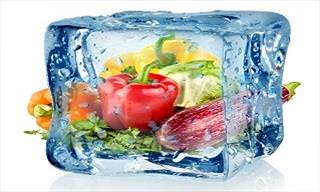
This Is How Long You Can Freeze These Foods For!
We all know that freezing food prevents it from rotting. Here's a complete guide to how long you can let different foods stay frozen until they go bad!
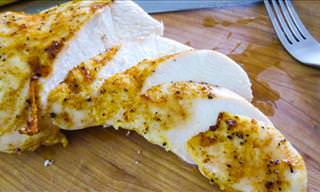
Cook the Juiciest Chicken Breasts Ever With This Recipe
Chicken breasts are easy to cook, but they need to be cooked properly to be enjoyed. This recipe will ensure you cook the tastiest chicken breasts imaginable.

10 Vegetables and Herbs To Buy Once and Re-Grow Forever...
Some parts of vegetables and herbs that you don't normally use and just throw away can actually be used to re-grow themselves time and again. Find out more.
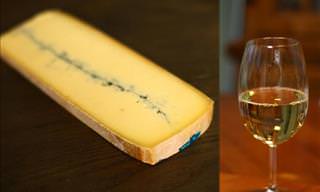
Which Wine Pairs Well with Which Cheese? Here’s the Guide
Pairing the perfect wine to a slab of cheese is an art form that can truly elevate the taste of both. Here's how it's done.
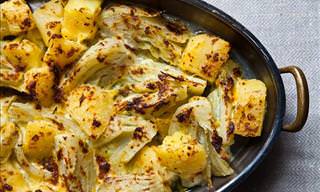
6 Terrific Recipes That Can Be Made with Medicinal Herbs
Find out how mallow, nettles, mint, elderberry, fennel, and chives are dutifully incorporated into these 6 delicious recipes!
 13:18
13:18
A Formula For Whipping Up Healthy 20-Minutes Meals
This video offers a delightfully simple solution for busy people - a go-to formula for healthy 20-minute meals.

5 Best Meal Planning Sites to Save Time, Money, and Energy
These meal preparation websites will help you cook a week’s food in advance.

The 12 Best Foods for Your Abs!
Introducing the 12 best foods to burn excess stomach fat and keep your body trimmed and thin.
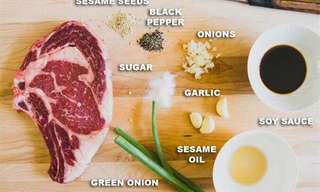
Guide: The Right Seasoning Can Do Wonders!
A steak is easy to make. A well seasoned one, though, can make all the difference.

This Crispy Lemon Pie Is Made From Just One Batter!
It's hard to believe how this delicious dessert's creamy filling and perfect crunchy crust is made. Take a look and save the recipe.
 11:48
11:48
Why You Should Never Add Cheddar Cheese To Your Omelet
You can't make an omelet without breaking some eggs, but other than that, how do you make a truly superior omelet every time? This is how...

An Italian's Secret to Making the Best Pasta
Follow these tips to prepare an excellent plate of pasta.
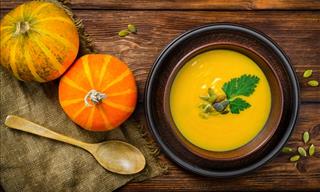
3 DASH Diet Soups for a Cozy Winter Day
3 recipes for dash diet approved sou[s that will warm up your winter
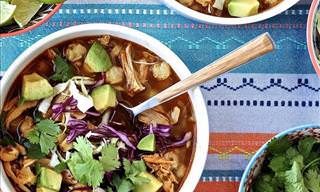
4 Heavenly Chicken Soups to Spoil Yourself with This Winter
Chicken is a common soup ingredient because of its ideal tenderness and taste. Presenting 4 of the many irresistible ways to make the chicken soup of your dreams.

15 Delicious Street Foods to Try When You Go Traveling
The world is full of inventive dishes and each country boasts a signature street food. Here are the best street foods from around the world.
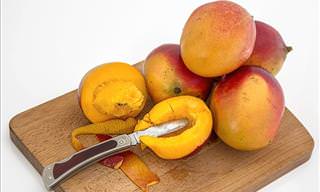 0:48
0:48
There is a Secret Way to Perfectly Cut a Mango...
Enjoying this tasty summer fruit has never been easier!

10 Piping Hot Soups to Keep You Warm Throughout Winter
These soups are amazingly tasty, and will keep you warm on a cold winter's day. Yet the most amazing thing is that they are all under 300 calories.

These Delicious Baked Dishes Have Become Family Favorites
These three, heavenly baked dishes have become family favorites in my kitchen. I encourage you to try them out!

Surprise Your Sweetheart With a Valentine’s Day Breakfast
All of these recipes are simple in preparation, but very different in taste and food preferences. Find the perfect one for your special someone...
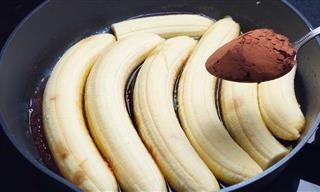 3:57
3:57
I Could Eat This Yummy No-Oven Cake Every Day!
When a sweet tooth strikes, this is the dessert to make! No oven is needed.

You Do Not Need Outdoor Space to Grow These Common Fruits
You do not need any outdoor space to grow these delicious, common fruits.

6 Delicious Tuna Recipes You Just Have to Try
Fish dishes are an easy and great way to provide ourselves and people close to us fast and healthy meals full of protein and amino acids. These 6 different recipes use tuna fish in its many forms!
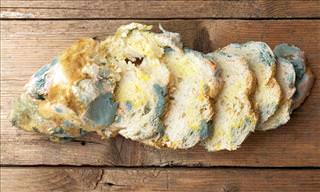 3:21
3:21
Why You Should NEVER Eat the White Part of Moldy Bread
Many of us simply cut off mold from a slice of bread and eat the rest, but you really shouldn't do that. Find out why in this informative video.
 8:18
8:18
Ancient Recipe Corner: Old Timey Festive Buttered Beer
Whip out your pewter pots for this medieval recipe! We'll be making buttered beer, with a non-alcoholic version included.
 5:36
5:36
This is How You Make Delicious Home-Made Hummus
Hummus is delicious, and you'll be surprised how easy it is to make your own.



